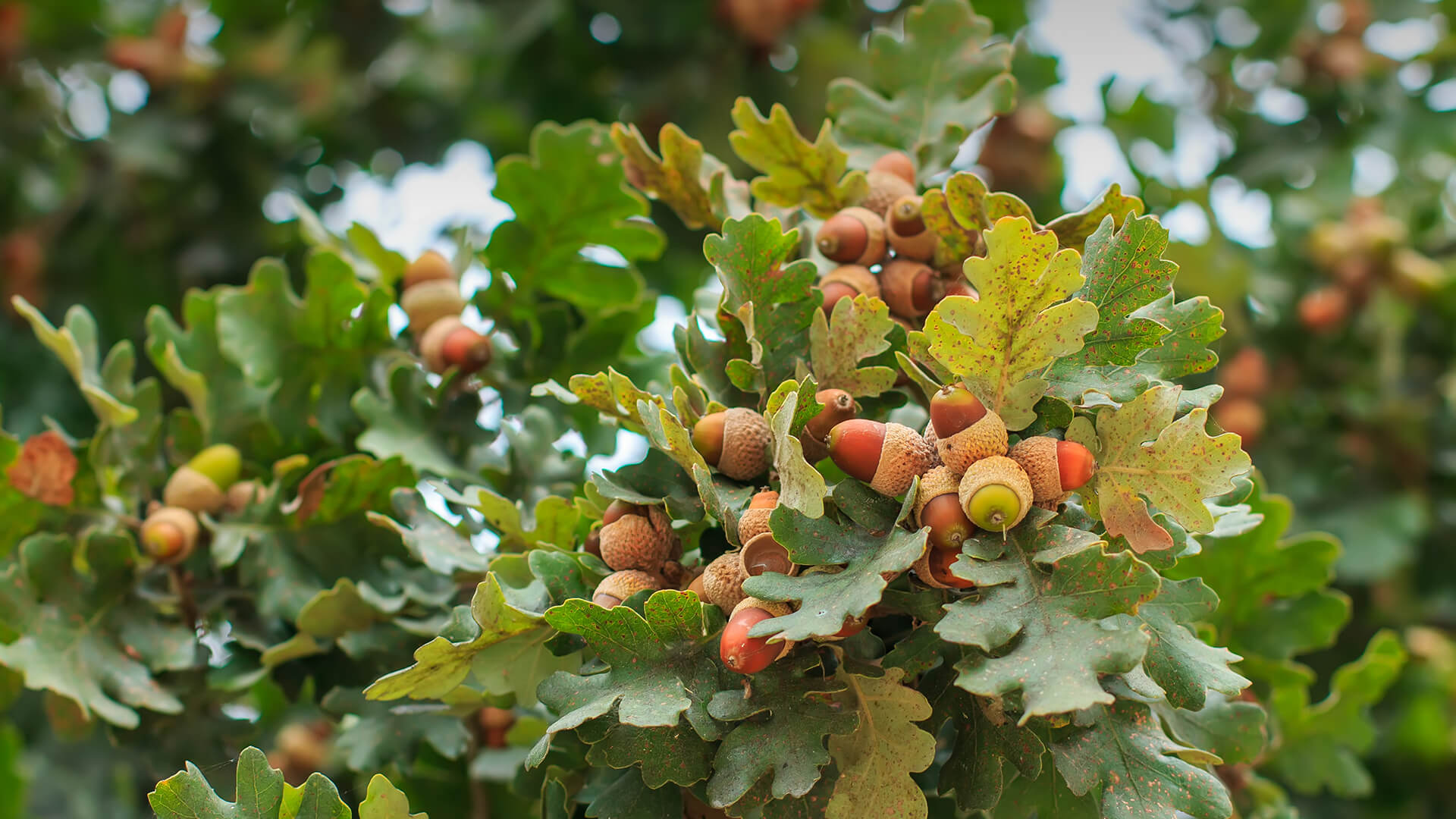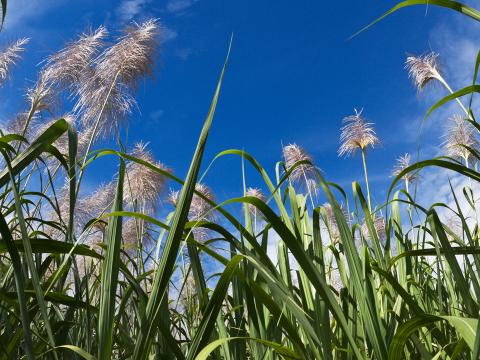Oak
- DIVISION: Tracheophyta (vascular plants)
- CLASS: Magnoliopsida (dicotyledons)
- ORDER: Fagales
- FAMILY: Fagaceae (beech and oak family)
- GENUS: Quercus
- SPECIES: moer than 400
OVERVIEW
Symbol of strength and endurance, oak trees can live for hundreds of years. The most widely distributed trees, various species of oaks grow throughout North and Central America; many others are native to Europe and Asia, and a few species can be found in northern Africa. In general, they thrive in mild, temperate conditions, although some species live in the tropics, at high elevations. You can find oaks in forests, scrubland, deserts, and swamps, from sea level to heights of 13,000 feet (3,962 meters). Oaks are adapted to survive fire: burned trees put out new shoots and even resprout from the ground. Wherever they grow, they are a keystone species that enrich the soil with their leaf litter and provide shelter and food for insects, birds, and small mammals.
CHARACTERISTICS
Some oaks are low and shrubby, while others grow 100 feet (30.5 meters) tall. Depending on the species, oak leaves may be deeply lobed or simple, with toothy margins or smooth margins. Evergreen species usually have smaller leaves than deciduous species. Separate male and female flowers grow on the same tree, and the two kinds of flowers look completely different. Clusters of small, yellow-green, male flowers grow on drooping spikes, called catkins, and produce minute grains of pollen that are carried off in the breeze. Most pollen grains are "gone with the wind" (achoo!), but some reach the tiny female flowers growing in the leaf axils, singly or in short spikes. A pollinated female flower develops into an acorn. In some oaks, acorns mature after a year. In other species, the process takes two years.
USES
Pounded into meal, acorns were once an important food for indigenous people in North America, Europe, and Asia. Oaks have also been used for fuel and livestock feed. The durable, straight-grained wood of oaks has been used for railroad ties, canoes, whiskey and wine barrels, and hardwood for furniture and shipbuilding. Oak bark and leaves are a source of tannins and dyes.
CONSERVATION
The IUCN lists 122 oak species as Vulnerable or Endangered, and 33 of those species are Critically Endangered—including 3 US species. International trade in one Asian species, the Mongolian oak Q. mongolica is strictly regulated by CITES as an Appendix III species. Sudden Oak Death, a tree disease caused by a microorganism, is responsible for massive oak die-offs in California and Oregon.
By supporting San Diego Zoo Wildlife Alliance, you are our ally in saving and protecting wildlife worldwide.










